Leaderboard
Popular Content
Showing content with the highest reputation since 11/28/2025 in all areas
-
I think all these alterations add to the history. A plug means someone thought it interesting enough to use as a medallion or touch piece, then someone later felt it was interesting enough to repair. Engravings are often love tokens or claims to ownership. A split or fragment means it has been in the ground for some time. I think that is why I find perfect proof coins a bit dull.5 points
-
5 points
-
Hi all! I’ve been collecting on and off for a few years but only recently decided to try and take it up seriously. Came across this Henry VII plugged groat at a fair which after some deliberation I decided to buy as apart from the plug I thought was a really nice example but just wondering what people’s views are on plugged coins generally - do other collectors avoid them altogether and do they hold any value? I thought the price was reasonable given the plug but wonder what others views are. Would others buy a plugged coin to fill a gap or go for a lower grade, non-damaged, coin instead? Thanks!4 points
-
Not the best of pictures but here's the edge. It reads * SERJEANT WILLIAM GRANT , 1ST BAT 92ND HIGHLANDERS. I bought it online from a dealer in Glasgow who had omitted the edge details in the description of sale. I was a bit miffed at first until i did some research. He is Roll number 51 on the Waterloo medal database. He also composed a poem about the battle that was on a manuscript that was sold by Noonans in September 2006 (lot 1100)4 points
-
4 points
-
I guess most "serious" collectors would avoid plugged coins, or any other damage. But if that is the only way you can fill a gap within budget, then go for it! I have a number of damaged coins in my collection - some with engravings in the field, some ex-mount, some hammered even missing fragments, but they will fill the gaps until and unless I can afford to replace them with something better. Here, for example, is my William I penny. I would love to have one without the missing chunk, but until one comes along at a price I am happy with, it will stay with me. Your Henry VII, by the way, is a lovely example apart from the plug.4 points
-
4 points
-
Dont know if this is any interest to anyone. Although i have posted in pennies, it also covers other bronze. These were amendments freeman made after his first bronze book, showing some that he had estimated to be less rare than he originally thought or at the time of print didnt know existed, such as the 1860 Halfpenny mule, 1870 Dot penny etc.4 points
-
Get in quick for this one: https://www.ebay.co.uk/itm/187859014593?itmmeta=01KCWD3RSPGS13XT0BRGS6G0P9&hash=item2bbd4513c1:g:jDsAAeSwnv1pRbEi&itmprp=enc%3AAQAKAAAA4FkggFvd1GGDu0w3yXCmi1fvsd0HwSoi3YVy3fEVKmzOU8EzcZuz8p%2FWljDDMPKaHkCqMoBVOUyU20uY%2Fk16edJXx5F6RDVCUVj8YBpZ0bcKH4TvJgCIt53fO1P%2BB7p7IPC3zyoGCpItoclwOlycCLt6syNuMKQL398SvgN%2FRbMQ5CT6ipDKzZzuKktdX4sH%2B8qBURpxXSMEif7ItzhiHxh%2FixUe1Ps9LJIKs31ia1sUwLyxkzevXuUrmv51nI5KQUj9qzfXRVg2jy%2BvtCqCJgBBXqOe%2Bv5PwAVO1oJdvZ50|tkp%3ABk9SR4aNj43nZg3 points
-
The manuscript of the poem he wrote was sold at Noonans. https://www.noonans.co.uk/archive/lot-archive/results/131481/3 points
-
It was the basis of the updates, subject to his future decisions. He later removed the milled penny (that I recently sold) from the catalog after receiving an assessment from the Royal Mint that it was a post mint alteration. Just as his 1970 edition was an extension of his several updated versions of his penny studies expanded to include half pennies, farthings, patterns, trials, etc. There are ALWAYS corrections, updates, modifications, etc to a work of this magnitude. There have been many new discoveries to add to Peck, Braman, Freeman, etc. No guide/catalog is a final authority, it merely contains information known at the time. They grow, mature, learn, make adjustments and corrections, expand as a living being.3 points
-
Maybe it's me, but it's only a short time ago that members were talking of the lack of activity on the forum, as if it was stagnating, and now we have a pile of new members turn up recently.....good to see....3 points
-
2 points
-
2 points
-
Agreed. It is the Anchor mm which is class IIId in the Spink guide. Auction houses are not always correct with their identifications. When i was researching my type IIIa groat i was looking at old sales. I was frequently finding type IIa coins listed as type IIIa & IIIb , the Pansy mintmark was also frequently mistaken for the Cinquefoil mintmark. Edit added information. On the older documents on groats of Henry VII type IIId did not exist. It jumped from IIIc to IV. Its possible the auction has just used the old classification where type IIId was included as IIIc. I am not sure when they created the type IIId class but on older 1960s documents it was not present. That could also be the reason it was listed as IIIc.2 points
-
2 points
-
That’s stunning, @Ukstu I’ll try and look the thread out @Sword it was in a conversation about Maundy money, as you guessed.2 points
-
I'll also take plugged/edge loss etc hammered coins, especially if it makes them affordable (eg my Richard III in the name of Edward IV/V groat), I try to avoid actual holes and coins that have been broken and repaired unless extremely difficult to get otherwise (eg my Matilda 1d). I woudn't take a milled coin with any of these defects, although I've got a couple that have been cleaned/polished.2 points
-
I don't tend to buy them now but when i first started collecting i bought holed / plugged coins. I have a milled sixpence of Elizabeth I that would of been way out my budget at the time if it wasn't for the plug in it. Don't mind counterstamped stuff so much as it's an interesting field that you can research sometimes. I picked up a cartwheel penny last year that had an edge engraving in the same style as the waterloo medal. When i researched the name on it i found out the guy had actually been at Waterloo. I only paid £10 for it as well so wasn't expensive.2 points
-
No sorry but they are just scrap. The best thing to do with any Bronze coins post 1901 is to buy the David Groom book " British 20th Century Bronze Coin Varieties ". Its only about £10-£15 posted on Amazon and will help you get familiar with any varieties for Bronze Pennies, Halfpennies and Farthings. There is a seperate one for silver coins also, should you be interested in those.2 points
-
2 points
-
I suspect so, and while close I don’t think it’s an actual die match with H’s. Potentially a very rare coin, especially as the one illustrated is the best Dave Greenhalgh could find! Jerry2 points
-
2 points
-
That very distinctive ‘stalked’ central fleur looks pretty much identical to the illustration of the ‘Edward III Pre Treaty Series E York Episcopal’ Penny on page 70 of ‘The Galata Guide to Mediaeval Pennies Part 1’ though I cannot see a quatrefoil after ‘ANGLIE’ on H’s specimen. It is an interesting coin, and I think Dave Greenhalgh is the man to give an opinion here, if anyone is a contact. Jerry2 points
-
wow, the penny has been Identified to be .......😲👍 Edward III, York. Quatrefoil in centre of reverse, CIVI TAS EBO RACI2 points
-
The article mentions "Norman" and "dates to just after the Battle of Hastings" so I'd have thought more likely William I. The few I can read seem to bear the legend +PILLEM, which would indicate that to be the case.2 points
-
That's not a bad price to be honest. All the Charles III sets seem to be expensive. I'm not sure there's much better available in the UK to be honest. I picked up one for £46 last month, that's the cheapest I could find.2 points
-
You can view Dalton & Hamer's book online: https://www.scribd.com/document/206664745/The-provincial-token-coinage-of-the-18th-century-illustrated-by-R-Dalton-and-S-H-Hamer2 points
-
I was going to reply to all these but too many to do - I'll give you the task of finding a D&H. Life is so much simpler with one as all the varieties are illustrated. Punctuation, present or missing is important, as is the position of the legend relative to itself or other features as this will determine the die(s) used and hence the variety. For this piece: Milled edge will be D&H 351 - common. 351a edge reads 'AN ASYLUM .......NATIONS' - Rare 351b edge 'BIRMINGHAM OR SWANSEA' - Very Rare. 351c edge 'PAYABLE AT LONDON LIVERPOOL OR BRISTOL.' - Rare. And for any 19th century tokens you might acquire, a good reference you will find is 19the Century Token Coinage, by W J Davis. Sorry, I will lose the will to live if I do many more. I don't have any copies of either in stock, but do have the references in an emergency and if all else fails will help. Every collector added to the list of known people in a certain field helps.2 points
-
Somehow I don't think I'll even leave a space in my "Shillings from 1702 - 1970" binder for that one! 🤣2 points
-
2 points
-
1 point
-
That's fascinating. Well done for finding it out and keeping the story alive. This is the sort of item I would buy; but for the story and history rather than as a coin.1 point
-
similar as Paddy I have coins that have holes in them and counter stamped. I have others that have been engraved as love tokens, nice enough in there own right. 👍1 point
-
1 point
-
Yep - both types of 3 exist overdated, and yes, Bee's is a small 3 and Pete's is a large 3. Think they are about the same rarity.1 point
-
This just sold at auction for 160,000 Swiss Francs, so I guess with commission just over that in pounds...Sorry no pictures here for now. Very rare and right up my alley but WAAAY out of my affordability range. I have the die module/trial for the reverse gotten some years ago but not nearly as exciting as this one.1 point
-
1 point
-
1 point
-
This one is a Coalbrookdale 1/2d token. The birthplace of the industrial revolution. Dalton & Hamer Shropshire 10, identifiable by the position of the obverse legend and the reverse date 1 relative to the K in KETLEY and the 9 being under the limb of L. Obverse is the bottom image. D&H rarity is scarce. If you are interested in tokens, you can get a reprint of the volume. The originals were printed in 1910 and somewhat hard to find.1 point
-
There is a lot to unpick there! First to cover off the non-tokens - the halfpennies and farthings - these are all covered adequately in the usual "Coins of England and the United Kingdom" reference book. Nothing listed in your selection looks massively scarce and value will depend largely on condition. The Gaming tokens generally have very little value. They were made mostly during Victoria's reign as nostalgic mementoes. The regional tokens are the interesting pieces. D&H refers to the Dalton and Hamer "Provincial Token Coinage of the 18th Century" series of books and reference numbers printed in the early 20th century. These numbers were repeated in "The Token Book" printed by Galata in 2010, which is probably the easiest reference to get hold of now. I have not the time to go through and check the rarity of all the tokens listed, and value will vary enormously depending on condition. Looks like the good basis for starting a collection, and you probably need to acquire or borrow the reference book to progress.1 point
-
I'm still waiting! As for mint sets, I only buy the basic definive set, the ones without the commemoratives. I have been boycotting commemorative coins since 2005.1 point
-
Thank you all very much for your help. The Galata guide seems like a great resource, I will have to order myself one. I am from Australia, however, so I fear the walk may be a bit too far. I will be sure to update the post if I make any further progress. Cheers.1 point
-
I think you are there or thereabouts. There is definitely an inner circle both sides, and a CIVITAS LONDON reverse. The obverse Iegend is probably EDWARDVS REX but there is too little face/crown detail to be much more specific - certainly North class 10 or later, and likely Edward II. The North classification has been substantially re-written and subdivided in the Withers (Galata) publications which are highly recommended. Jerry1 point
-
This is what my garden looks like in the cold and damp!! Cycad, Musa, Echium, Canna, Hedychium all wrapped up. Soil heaters in the pots if it gets very cold. I fit a translucent tarp across the veranda, and we get a small room full of plants to play cards in in the winter! Lemon/lime cross full of fruit this year- gonna do some lime pickle....!!1 point
-
Just back from WA, the jacarandas are absolutely spectacular this time of year!1 point
-
1 point
-
He's also got a "very rare" Churchill Crown! What's especially scary are the prices many sellers are asking for these...1 point
-
He seems to have plenty of 'washers' priced between £500 and £5,000 for sale. The worrying thing is that he's got 100% positive feedback from 3 actual sales!!1 point
-
1 point
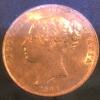

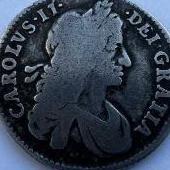

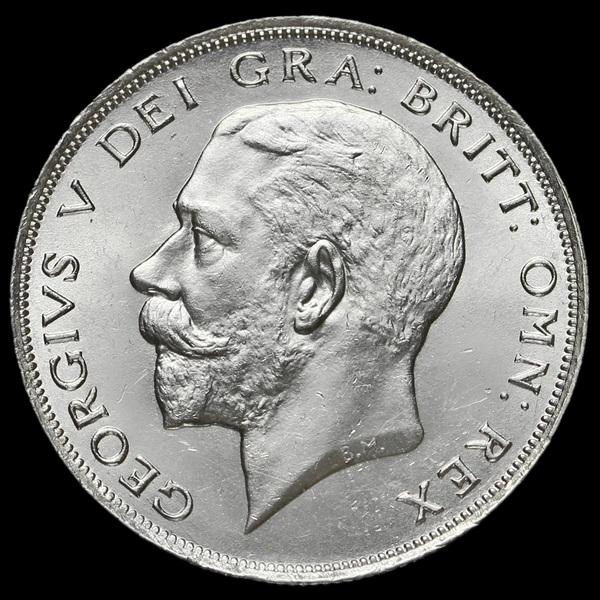
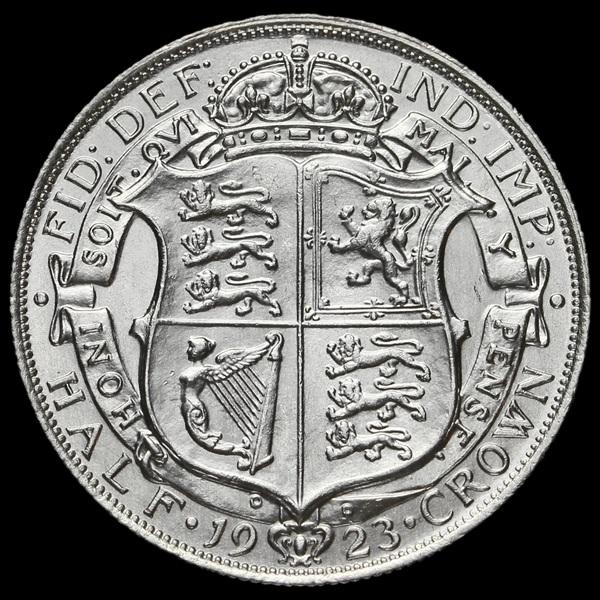
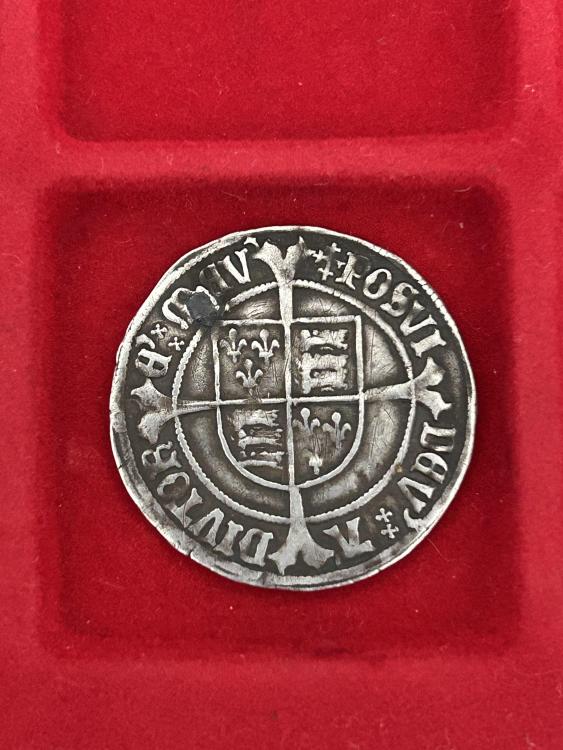
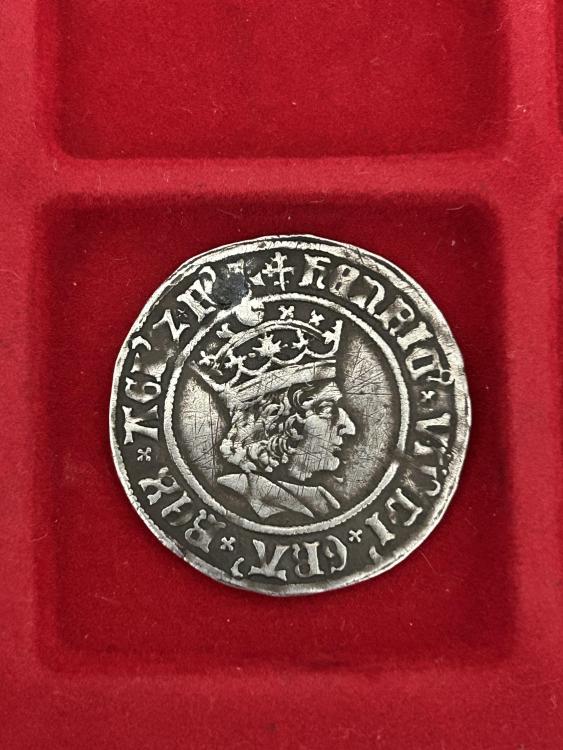
.thumb.jpg.dcd1c11463a0da4059dea665f1a377ae.jpg)

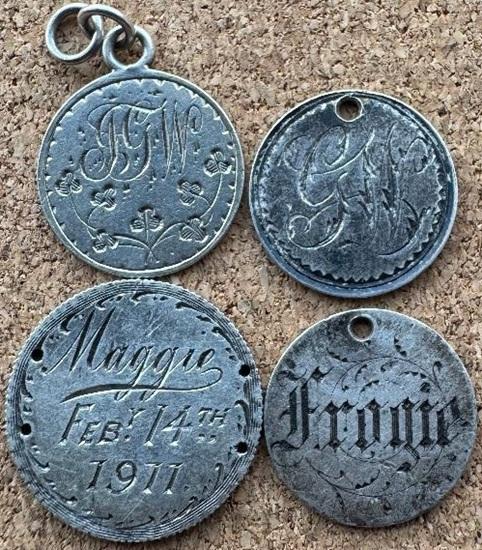
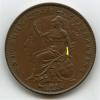
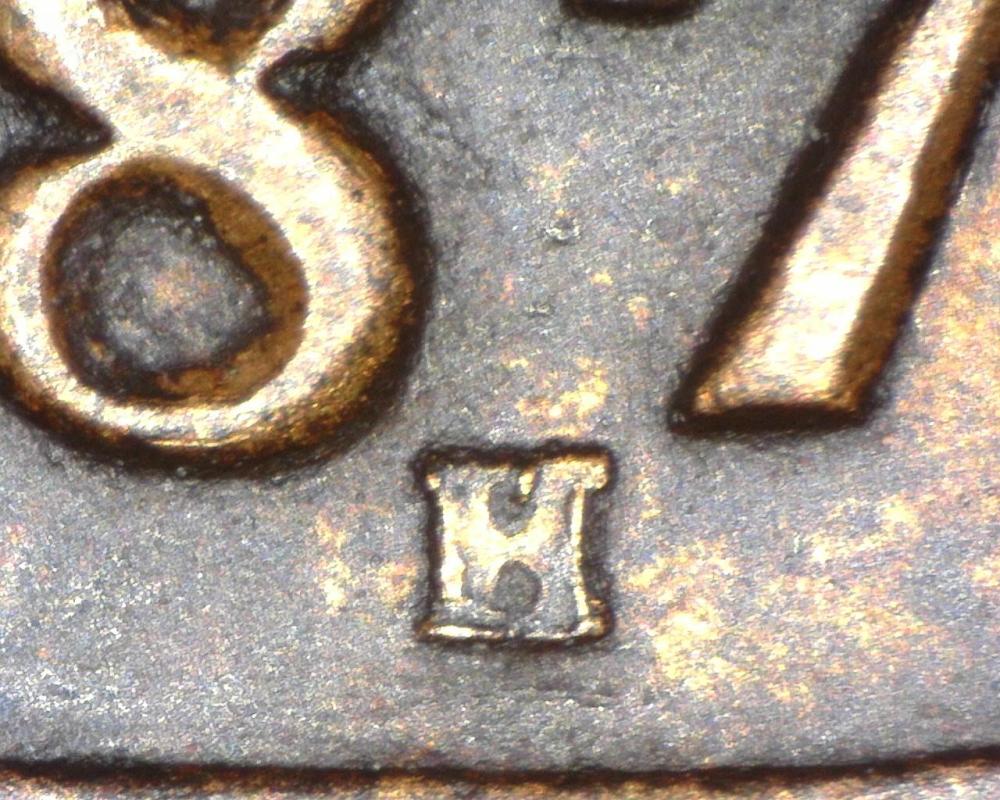
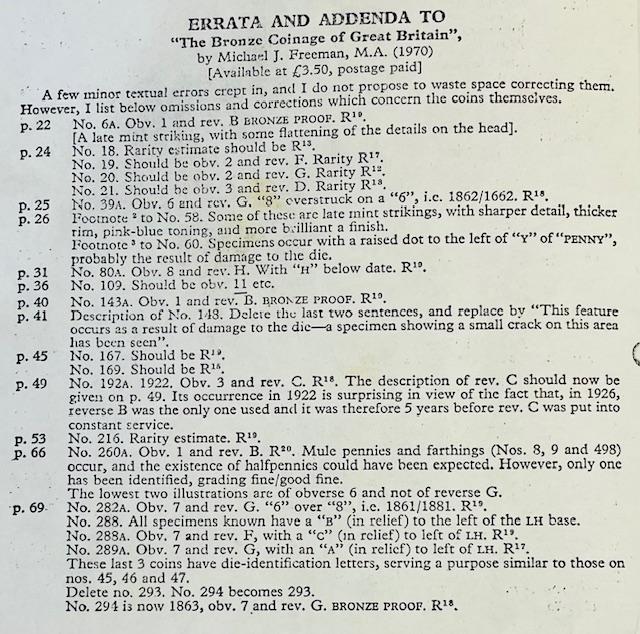
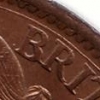
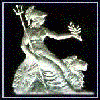
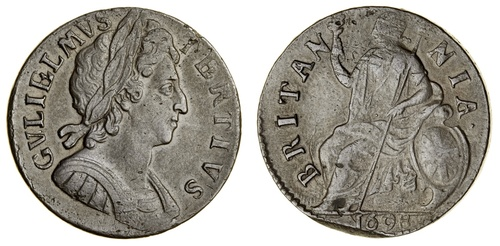
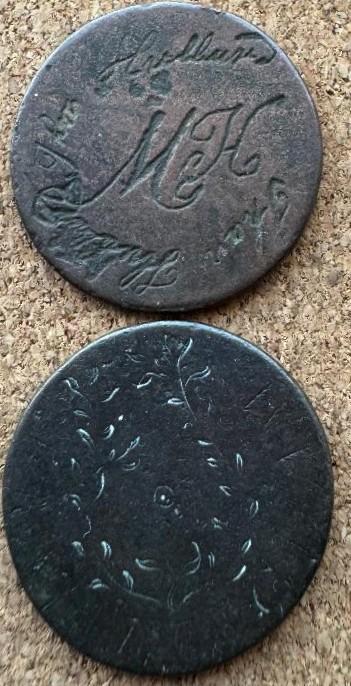
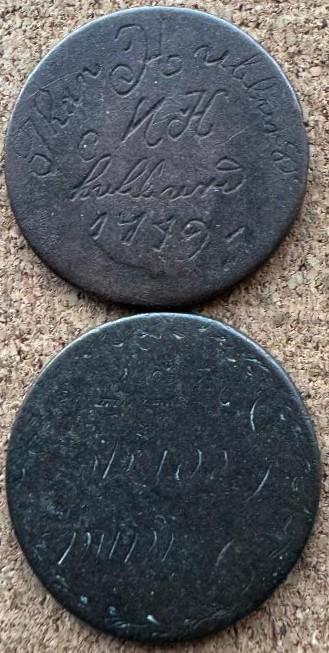
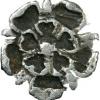
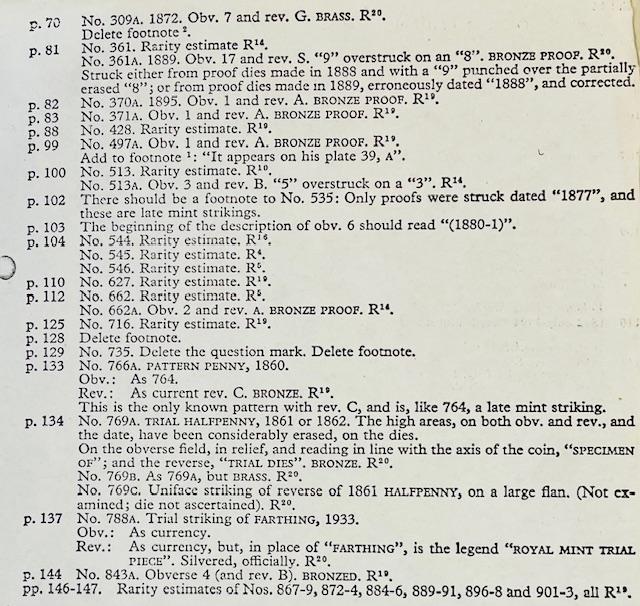
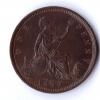
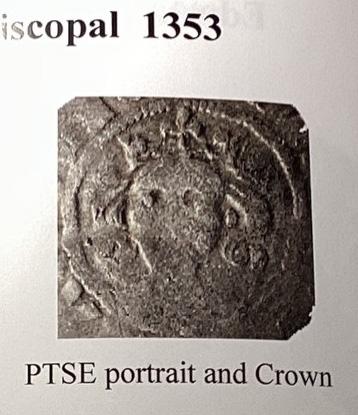


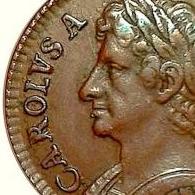




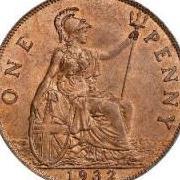

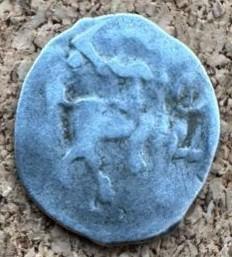
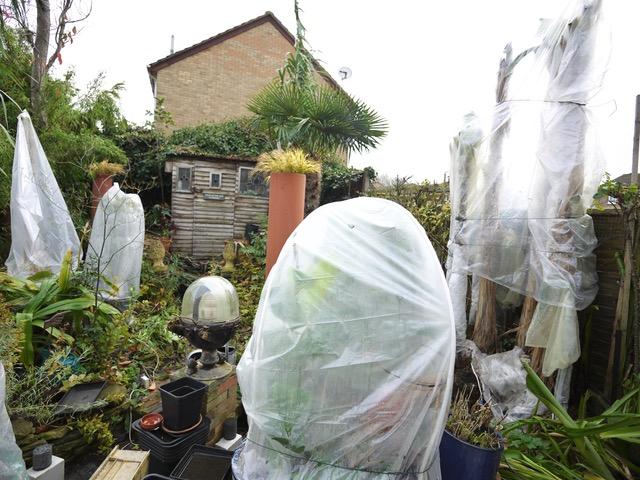


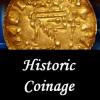
rev.jpg.b55f8c84214b34f4929dafe5e159fdf1.jpg)
obv.jpg.5de3020623ee1631e4b5f9713d4efaba.jpg)